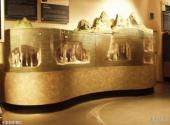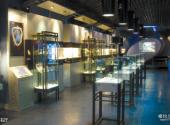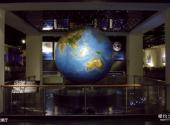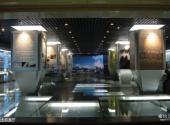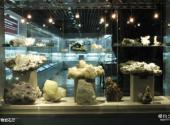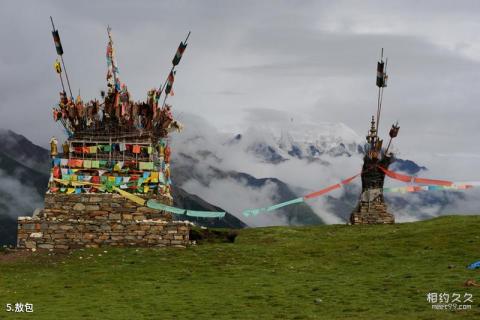
Scenic spot introduction:
The China Geological Museum was founded in 1916. It is the earliest public natural science museum in China and the earliest museum established in Beijing. The museum focuses on the collection, scientific research and popularization of minerals, rocks and paleontological fossil specimens. After nearly a hundred years, With its development, the collection of specimens has reached more than 200,000. It dominates similar museums in Asia for its collection system, fruitful results, and exquisite displays, and enjoys a high reputation around the world.Attractions distribution:
The China Geological Museum is located on the southwest side of the Xisi intersection in Xicheng District, close to Xidan Commercial Street in the city center. It is a modern comprehensive museum integrating science popularization, social education, specimen collection, scientific research, and leisure tours.Based on the rich collection accumulated over the years, the China Geological Museum has established a complete set of basic exhibitions. There are currently five permanent exhibition halls in the museum, namely the Earth Hall on the first floor and the Minerals and Rocks Hall on the second floor. Hall, Gem Hall, Prehistoric Biology Hall on the third floor and Land and Resources Hall on the fourth floor; in addition, there are two temporary exhibition halls to track social hot spots, and some temporary exhibitions are launched from time to time to facilitate visitors. The author introduced the most popular geological knowledge at that time.
The China Geological Museum collects more than 200,000 geological specimens, covering various fields of geoscience, including the famous dinosaur series fossils such as the giant Shandongosaurus and Sinosauropteryx, and famous ancient human fossils such as Peking Man, Yuanmou Man, and Shanshan Cave Man. , as well as a large number of precious prehistoric biological fossils such as fish, birds, and insects that have both scientific and ornamental values; there are the world's largest "Crystal King", giant fluorite calcite crystal cluster specimens, exquisite azurite, cinnabar, There are specimens of Chinese characteristic minerals such as realgar, orpiment, scheelite, and stibnite, as well as a large number of national treasures such as a wide variety of gems and jade.
Scenic spot qualifications:
National 3A scenic spotScenic spot features:
Popular science, family travel, geology, museumsAttraction Address
Travel Guide
Best time to visit:
All seasons
Tourist Transportation
Scenic spot location:
China > Beijing > Xicheng District
How to get there:
From Beijing city, take bus 13, 22, 38, 47, 68, 101, 102, 103, 105, 109, 124, 409, 603, 709, 726, 806, 808, 812, 814, 823, 826, 846, 850 Get off the bus at Xisi Station, or take the subway and get off at Xisi Station on Line 4.
Scenic area map:
Click to expand the scenic area map
Attraction Tickets
Museum ticket prices:
Adults 30 yuan/person, student ID, soldier ID, senior citizens over 60 years old 15 yuan/person, preschool children, disabled people, free of charge, adult groups 20 yuan/person, student groups 10 yuan/person.
Scenic area opening hours:
9:00-16:30 (no rest on holidays, closed on Mondays)

